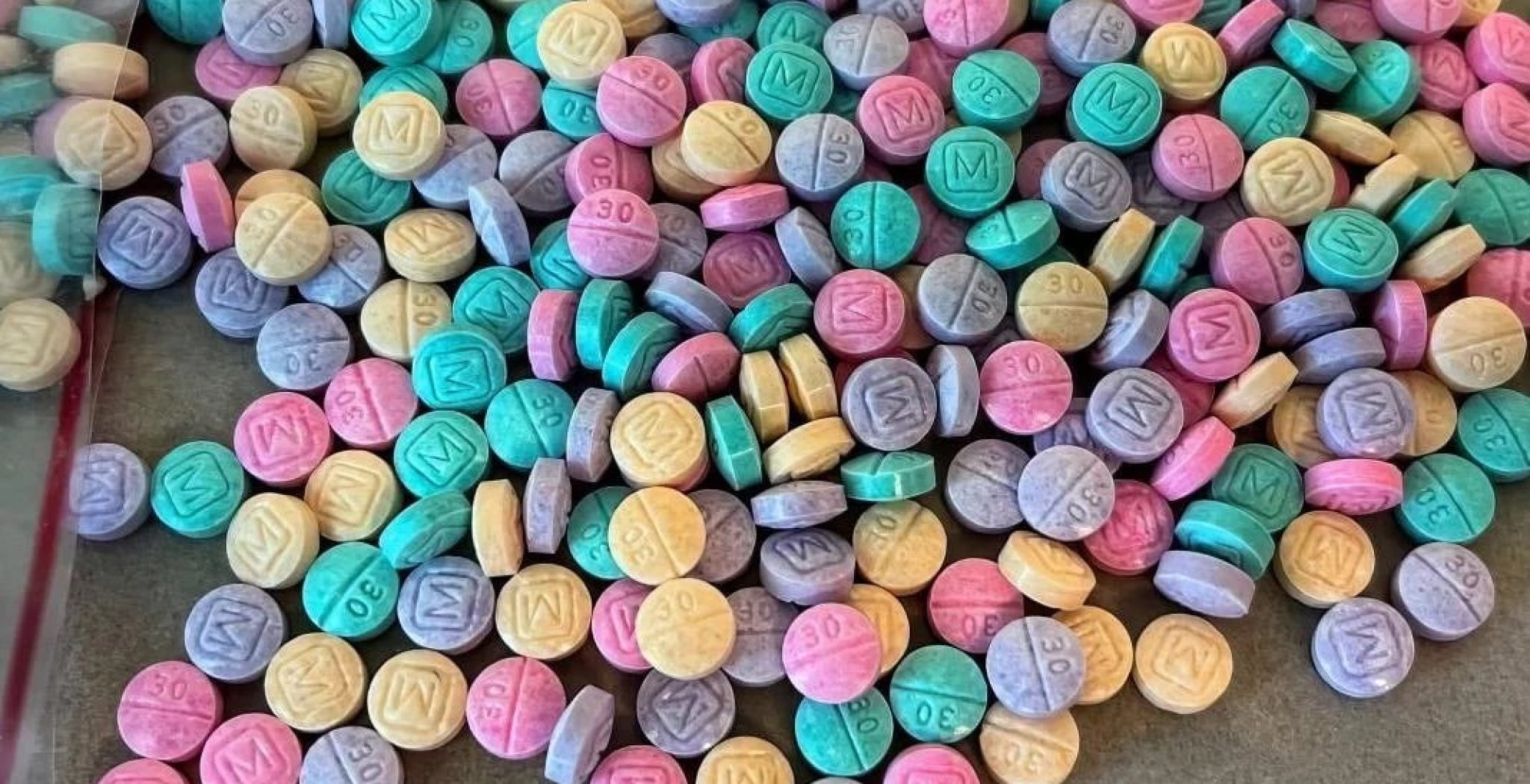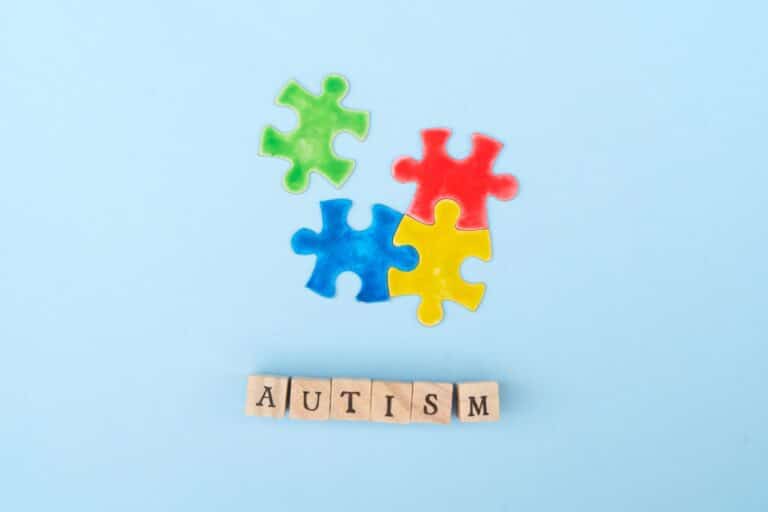In recent years, the opioid crisis has morphed, unveiling newer and more insidious threats that lurk within communities, preying on the unsuspecting. Among these emerging dangers, one stands out both for its potency and its deceptive appeal: rainbow fentanyl. This term, while almost sounding innocuous, refers to a lethal variant of the synthetic opioid fentanyl, which has been responsible for a significant surge in overdose deaths across the United States. The Southern California Sunrise Recovery Center, a place of hope and healing in the battle against substance abuse, is leading the charge in raising awareness, offering treatment, and spearheading community initiatives to combat this crisis. Learn all you need to know about the emergence, dangers, and necessary responses to rainbow fentanyl.
The Emergence of Rainbow Fentanyl
Fentanyl’s extreme potency, being up to 100 times more potent than morphine, was initially harnessed for pain management but has since spiraled into an overdose epidemic. The advent of rainbow fentanyl, with its deceptive, colorful guise that mimics candy or chalk, marks a sinister evolution in the opioid crisis, specifically targeting younger demographics. This cunning strategy by drug dealers not only expands their potential market but alarmingly elevates the risk of accidental ingestion among children and teenagers, posing a significant public health challenge. Understanding and combating the spread of rainbow fentanyl is crucial in safeguarding our communities from this hidden danger, highlighting the urgent need for awareness and preventive measures.
A Sinister Evolution in the Opioid Crisis
The transformation of fentanyl into its rainbow variant signifies a disturbing shift in the opioid epidemic. By masquerading as harmless candy, rainbow fentanyl breaches new boundaries, specifically endangering young lives. This evolution reflects the adaptability of drug trafficking methods to exploit new demographics, stressing the need for equally adaptive countermeasures in public health and law enforcement.
The Lure of Color: A Dangerous Appeal
The design strategy behind rainbow fentanyl’s colorful presentation directly plays on human psychology, particularly that of children and teenagers. This approach not only masks the drug’s lethal nature but also makes it more appealing to a demographic largely unaware of the potential dangers. Highlighting the deceptive appeal of rainbow fentanyl is critical in amplifying awareness and preventive initiatives.
The Potent Danger of Rainbow Fentanyl
The primary danger of rainbow fentanyl stems from its staggering potency, where as little as two milligrams can result in a fatal overdose, illustrating the acute risk it poses. Its colorful appearance is strategically designed to appeal to younger audiences, masking a lethal opioid behind the facade of innocuous sweets. This variation in colors and forms significantly hampers detection and identification efforts, presenting formidable challenges for law enforcement and public health officials in their fight to curb this escalating threat. The insidious nature of rainbow fentanyl requires heightened vigilance and informed strategies to protect particularly vulnerable populations from its grip, underscoring the critical need for comprehensive education and proactive intervention measures.
Staggering Potency: A Closer Look
Rainbow fentanyl’s lethal efficiency lies in its ability to cause overdose with just a minuscule amount. This high potency underscores the extreme danger posed by the drug, especially when its appearance can deceive users into underestimating its strength. Addressing this aspect of rainbow fentanyl is crucial in heightening public awareness and fostering a more cautious approach to substance use.
Deceptive Appearance: The Hidden Threat
The strategy of coloring fentanyl to look like candy or chalk is a direct appeal to curiosity and the underdeveloped risk assessment in younger individuals. This deceptive appearance makes it more difficult for authorities to detect and increases the likelihood of accidental ingestion. Highlighting the dangers of this deception is essential in preventing tragedies.
Challenges in Detection and Response
The varied appearance of rainbow fentanyl complicates efforts by law enforcement and public health officials to identify and seize these substances before they can cause harm. The need for advanced detection technologies and more effective response strategies has never been more pressing, as traditional methods may not suffice against this evolving threat.
Southern California Sunrise Recovery Center’s Proactive Measures
Awareness and education are pivotal in the Southern California Sunrise Recovery Center’s approach to addressing the critical issue of rainbow fentanyl. Recognizing the importance of a well-informed public in preventing substance abuse, we have helped initiate comprehensive educational campaigns aimed at shedding light on the dangers associated with rainbow fentanyl. These campaigns are thoughtfully crafted to reach schools, local organizations, and families, ensuring that the message about the risks of this potent drug resonates throughout the community.
For those grappling with substance abuse, we offer advanced treatment and rehabilitation services. These services are designed to confront the unique challenges presented by rainbow fentanyl addiction, including medically supervised detoxification, individual and group counseling sessions, and tailored long-term recovery plans. Each aspect of the program is customized to address the specific needs of the individual, fostering an environment conducive to healing and recovery.
Our community outreach initiatives aim to weave a strong support network, creating a setting where individuals feel empowered to overcome the temptation of drugs like rainbow fentanyl. By partnering with local groups and stakeholders, these efforts are crucial in building a collective resistance against the lure of such substances, enhancing the community’s resilience against the ongoing opioid crisis. Through these focused initiatives, the Southern California Sunrise Recovery Center is making significant strides in combating the threat posed by rainbow fentanyl, safeguarding individuals and their families from its harmful impacts.
Preventive Measures and Safety Tips
In confronting the challenge of rainbow fentanyl, being informed is our strongest defense. Here at Southern California Sunrise Recovery Center, we emphasize the critical need for parents and guardians to stay alert, closely observing their children’s activities and conversations to educate them about the perils of unfamiliar substances preemptively. Educators and community leaders must engage with available resources and training provided by the center and allied health organizations. This engagement is vital for enhancing their ability to recognize and intervene in situations that may involve drug misuse, thereby playing a key role in the preventative landscape.
We also highlight the vital role of personal responsibility and awareness among individuals. Avoiding unidentified pills and powders isn’t just cautious; it’s essential for survival. Encountering a substance suspected to be rainbow fentanyl warrants immediate action, urging individuals to report such findings to the relevant authorities without delay. This proactive approach is a cornerstone of the center’s strategy to mitigate the risks associated with rainbow fentanyl, underscoring the collective effort required to protect the community and prevent tragedy.
Get The Help You Need Today and Stay Informed
The rise of rainbow fentanyl has sounded a clarion call, highlighting the persistent and shifting challenges within the opioid epidemic. This development brings to the forefront the critical necessity for heightened awareness, comprehensive education, and a unified front across all walks of life. Southern California Sunrise Recovery Center stands at the vanguard of this battle, steadfast in its dedication to healing, prevention, and providing a beacon of hope amidst these formidable circumstances. Through collective endeavor—joining hands with individuals, families, educators, healthcare workers, law enforcement, and policymakers—we possess the collective strength to stem the tide of this epidemic and safeguard countless lives.
The fight against potent dangers like rainbow fentanyl demands more than individual effort; it thrives on the synergy of community-wide collaboration. We invite you to stand with us in this crucial fight. By pooling our strengths and resources, we have the power to shield those most at risk and forge ahead toward a future free from the grip of opioid misuse.
If you or someone you know is grappling with substance abuse, remember help is just a call away at Southern California Sunrise Recovery Center. Reach out today to learn more about our programs, engage with our resources, or join our community efforts. Together, let’s vow to make the shadow of opioid abuse a remnant of the past. Contact us now to take the first step toward recovery and join our community outreach initiatives. Let’s unite in this crucial fight—because together, we are stronger.






